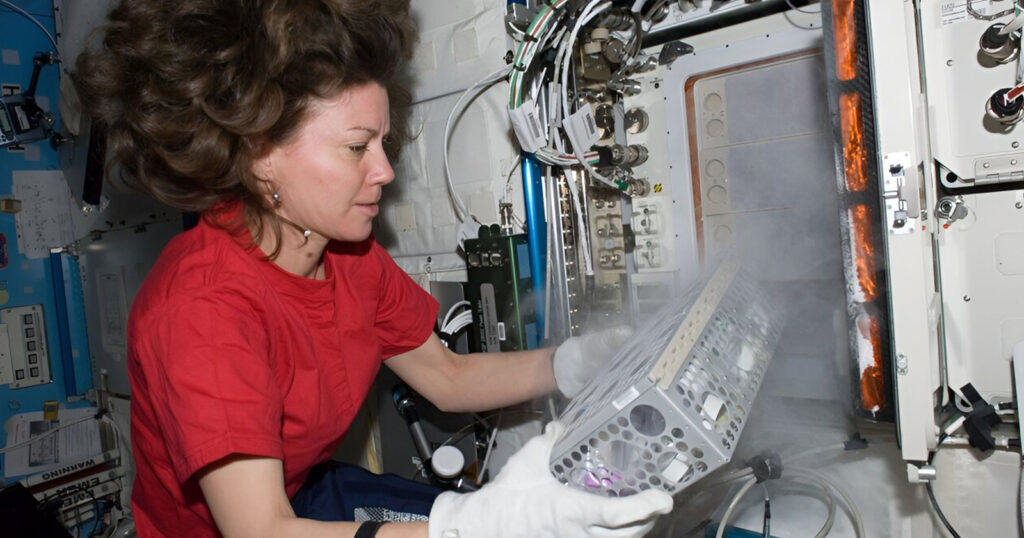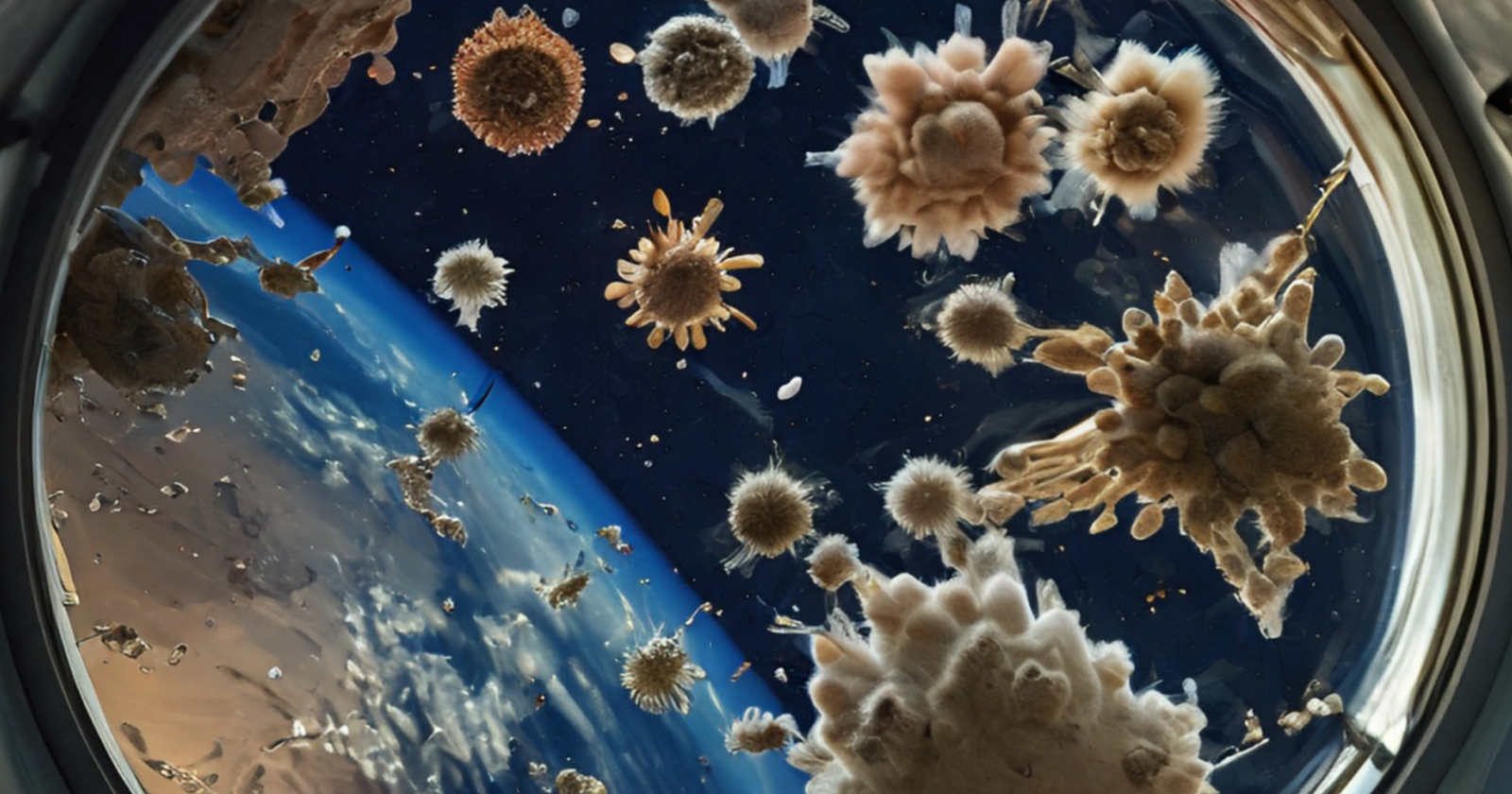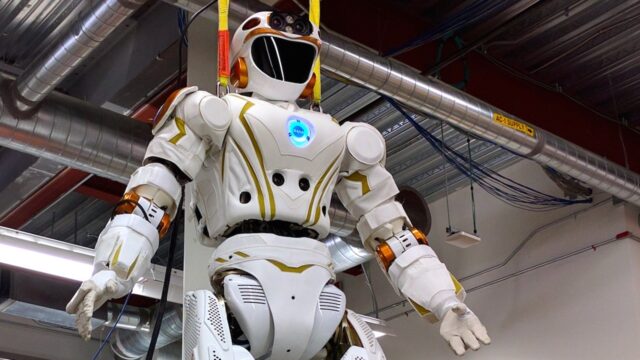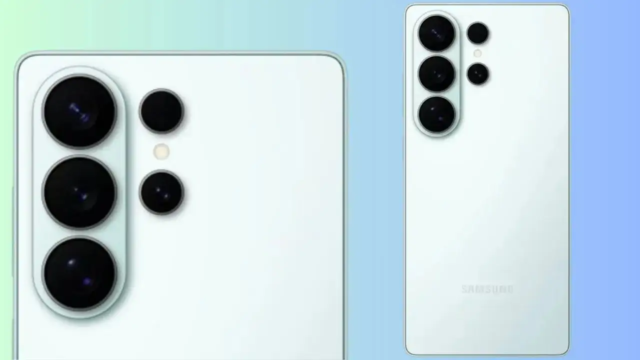The International Space Station is home to millions of bacteria and microbes, as well as its human crew. The human body is overrun with bacteria and fungi in and on everything else on Earth, containing 10 times more microbes.
How are microbes used?
Various studies are being conducted on microbes on the International Space Station, both to evaluate potential effects on crew health and to preserve the functionality of the spacecraft. Thanks to these researches, it is aimed to obtain critical information for planning future space missions and sustaining life in space.

These bacteria and microbes are generally harmless, and many of them are beneficial to the human body. However, the microgravity environment can increase the risk of disease from some microbes and affect spacecraft systems. They could also potentially contaminate other planets where spacecraft and crews land.
The ISS (International Space Station) Boeing Antimicrobial Coating project is testing surface coatings that inhibit the growth of microbes to protect crew and equipment onboard the spacecraft. These coatings aim to reduce disease transmission by using them not only on space stations, but also in many environments such as aircraft cabins, healthcare facilities and public transportation vehicles.
Microbes are kept under surveillance on the space station
Microbial Observatory-1 and Microbial Monitoring-2 research is focused on identifying potential threats by monitoring microbes on the space station. These studies analyze microbes to create a comprehensive catalog of bacteria and fungi to ensure the safety of the spacecraft and crew.
Roscosmos’s BioRisk-MSV research examined the physical and genetic changes of microbes on the space station, seeking to understand how these organisms survive and reproduce in the extreme environment. These findings may shed light on the development of planetary quarantine methods and biomedical security systems for future space missions.
NASA’s External Microorganisms project continues to study the spacecraft’s microorganisms by collecting samples from life support system vents outside the station. This research focuses on assessing the distribution of microbes in space and the potential risk of contamination to other spacecraft.
Another study evaluated the potential allergenic effects of fungi that crew members inhaled or adhered to their skin. The data revealed an increase of a fungus associated with seborrheic dermatitis in space and the presence of several fungal species.
Examining space station internal environments provides important data about the microbes present and creates a buffer to ensure the safety of crew members. These studies contribute to the planning of future space missions and the development of safety measures. Space is not only a journey to the stars, but also a place of discovery for microbes.
So what are your thoughts on this subject? You can write in the comments section.














